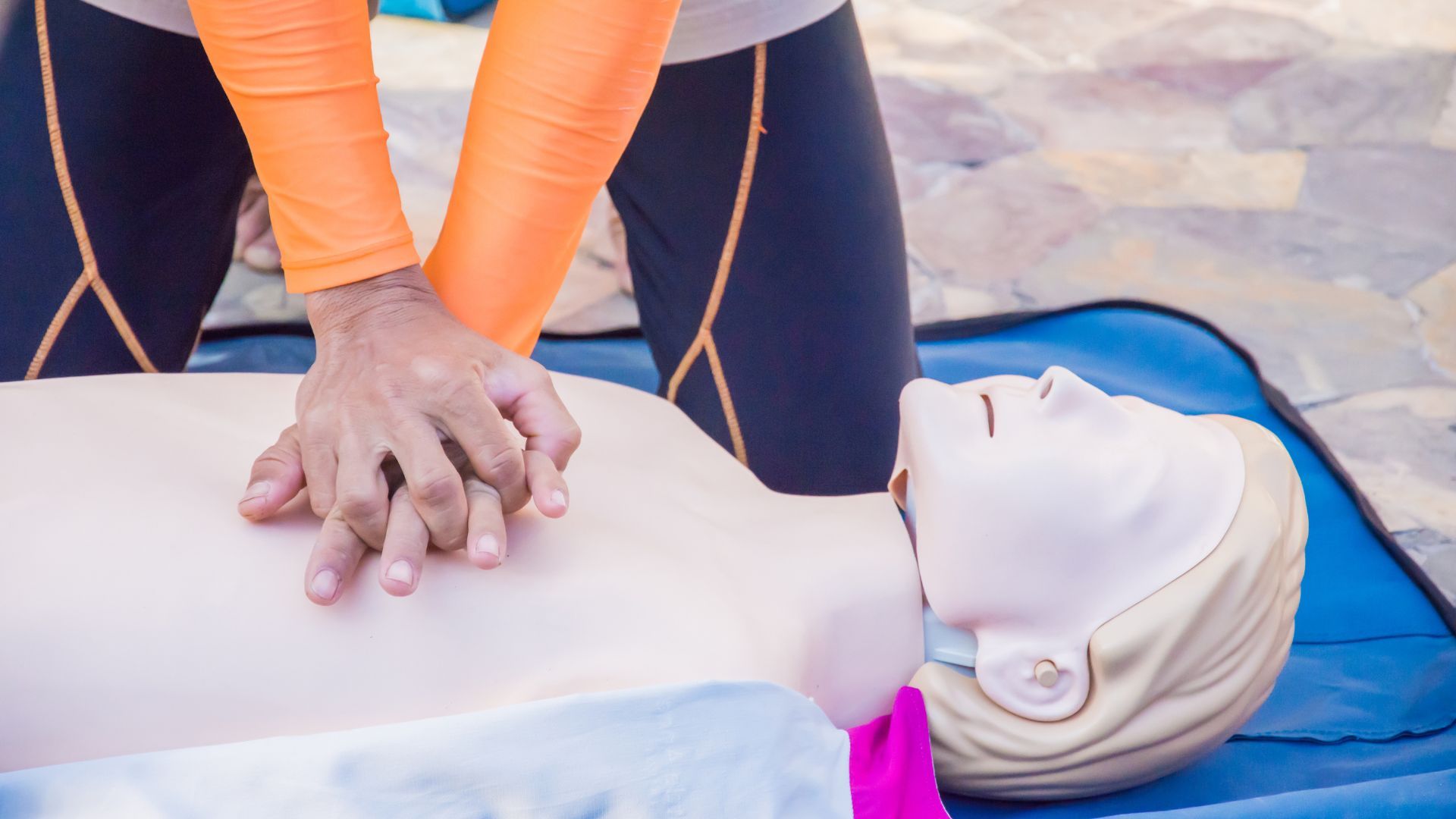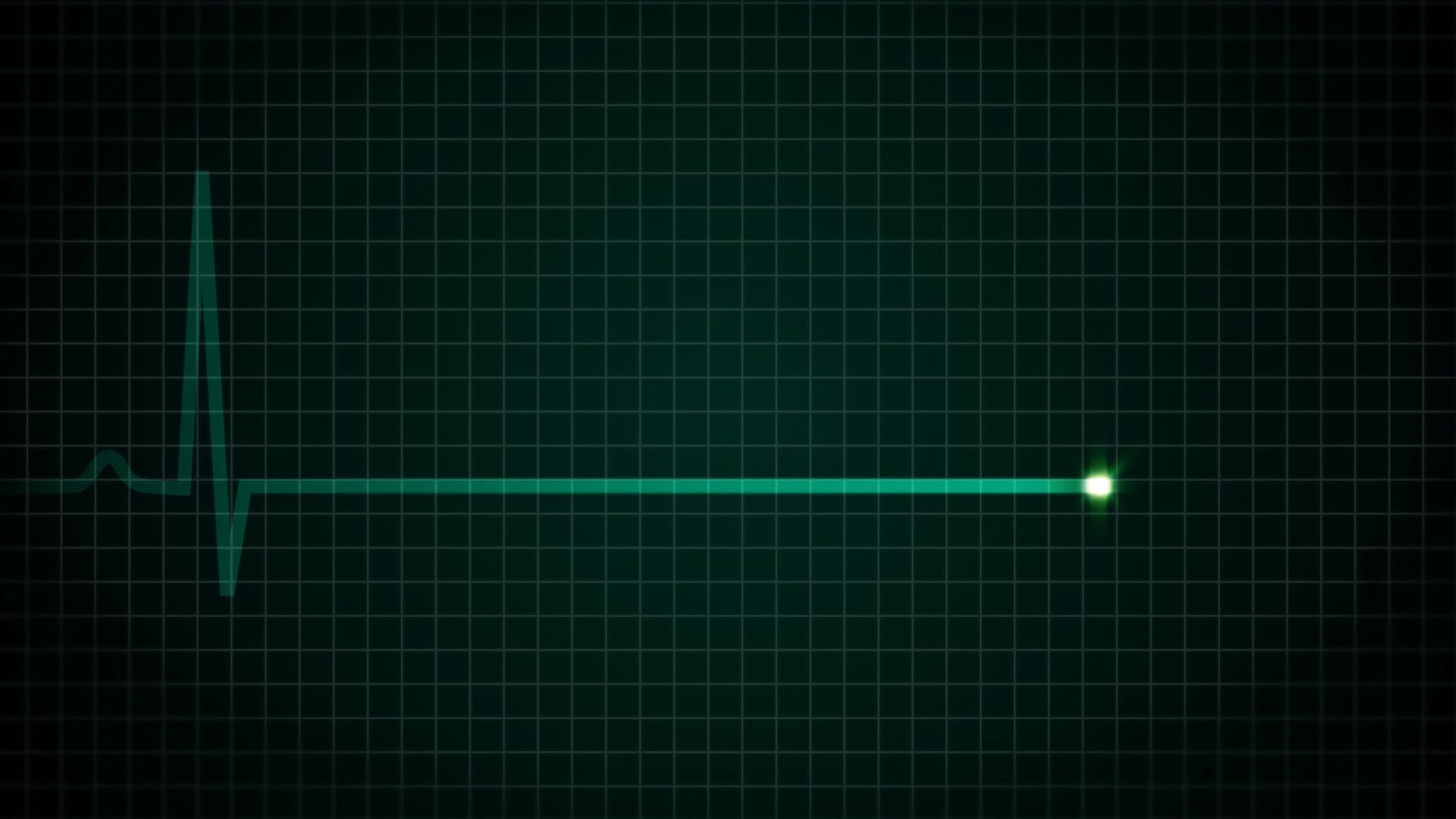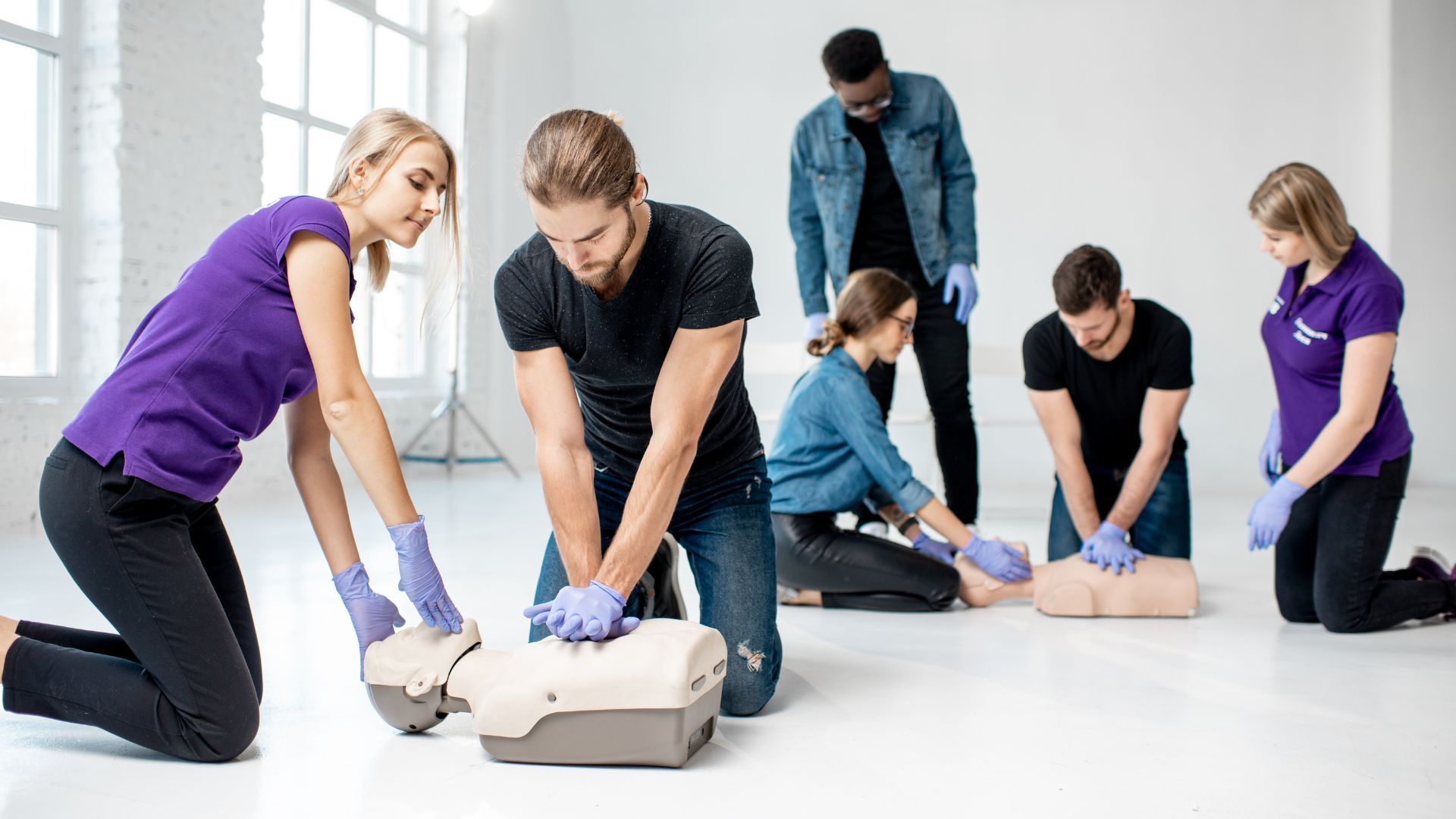Compressions
Contents
Pronunciation: kəm-ˈpre-shəns
Definition:
Compressions refer to the forceful, rhythmic applications of pressure to the chest in an effort to restore blood circulation during a cardiac arrest, a vital component of cardiopulmonary resuscitation (CPR).
What are Compressions?
Overview:
Compressions are a critical life-saving technique used in emergencies when a person’s heart stops beating. By applying pressure to the chest, it’s possible to manually pump blood from the heart to vital organs, helping to preserve life until further medical assistance arrives.
Key Facts About Compressions:
- They are an essential step in CPR.
- Compressions should be delivered at a rate of 100-120 per minute.
- The depth for adult compressions should be at least 2 inches but no greater than 2.4 inches, ensuring full recoil between compressions.
- Avoid leaning on the chest to allow it to return to its starting position.
- For effective CPR, minimizing interruptions in compressions is crucial.
When are Compressions necessary?
Compressions are required when:
- A person is unresponsive and not breathing or not breathing normally.
- No pulse is detected.
- There’s a delay in the arrival of advanced medical aid.
What leads to the need for Compressions?
Situations that might necessitate compressions include:
- Sudden cardiac arrest.
- Drowning.
- Severe allergic reactions.
- Drug overdose.
- Traumatic injuries leading to cardiac arrest.
How are the need and effectiveness of Compressions determined?
- Check responsiveness by shaking the person and shouting.
- Assess for normal breathing.
- Check for a pulse.
- Initiate CPR if no breathing and no pulse are detected.
- Using feedback devices during CPR can aid in ensuring appropriate compression depth and rate.
How are Compressions performed?
- Place the heel of one hand on the center of the chest.
- Place the other hand on top, interlocking fingers.
- Keep elbows straight and use upper body weight to compress the chest downwards.
- Ensure that compressions are hard and fast.
- If trained, give rescue breaths after every 30 compressions.
More Articles





